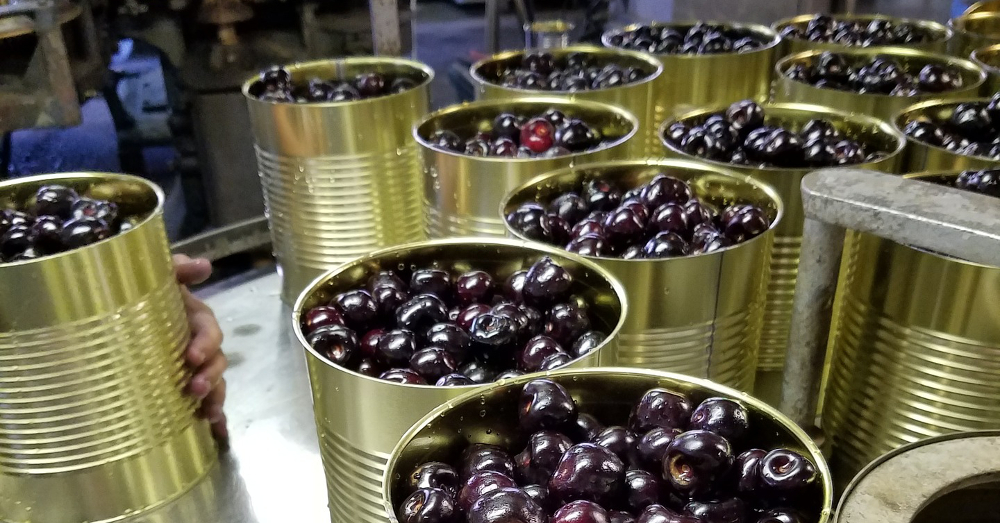
Salt, Microbes, Acid and Heat in Food Preservation
January 19, 2024 | Source: PHYS.org | by American Society for Microbiology
In an era of grocery stores and home refrigerators, it is easy to lose sight of the fact that, for most of history, people have been bound by the seasonality of food. This reality has long presented humanity with a conundrum: how to keep eating after the harvest is over?
In food-insecure regions of the world, the “hunger gap,” or period of time between when the previous season’s food resources run low and when the next harvest arrives, remains a real and persistent issue. A good harvest—and the ability to make it last as long as possible—has been a song of life and death for humanity for millennia.
Methods of food preservation to address lean seasons throughout history have taken fascinating twists according to region and culture. There are the much beloved stinky cheeses of France, the tart sauerkraut of Germany (which actually originated in China), miso paste in Japan, salted fish in Iceland and the cured meats of multiple cultures stretching into ancient history, to name just a few. Some methods of preservation have sought to minimize microbe involvement by making foods hostile to microbial settlement, while others have embraced microbial life to make many of the specialties we know and love today.
